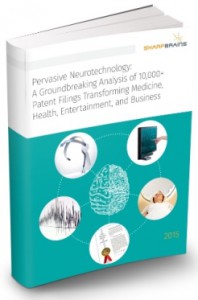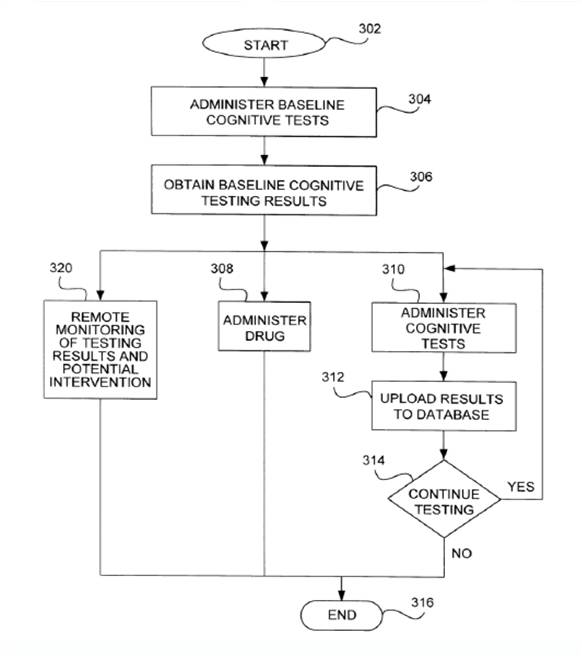Remote computer-implemented methods for cognitive testing: Key Neurotech Patent #4
Today we are featuring a 2001 patent originally assigned to Scientific Learning Corp, and now to Lumos Labs Inc. (As mentioned, we are featuring a foundational Pervasive Neurotech patent a day, from older to newer by issue date)
U.S. Patent No. 6,280,198: Remote computer implemented methods for cognitive testing
- Assignee(s): Scientific Learning Corp; Lumos Labs Inc.
- Inventor(s): Barbara Calhoun, Bret E. Peterson, Michael M. Merzenich
- Technology Category: NeuroCognitive Training
- Issue Date: August 28, 2001
SharpBrains’ Take:
The ‘198 patent describes techniques for improving the frequency and regularity at which an individual can take cognitive tests. The priority date of the ‘198 patent extends back to 1999, when cognitive testing often took place in formal testing centers that required scheduling and traveling, making frequent testing a challenge. The ‘198 patent discloses techniques for remote, repeated administration of such tests, allowing for more accurate evaluation of changes in cognitive performance over time. The ‘198 patent also describes using such techniques in conjuncture with medication treatment so that effects of medication on cognitive abilities may be quickly and precisely understood. The early disclosure of such a fundamental aspect of current medical testing and health evaluations, along with a correspondingly broad claim set, are among the factors that contribute to making the ‘198 patent a key non-invasive neurotechnology patent.
Abstract:
The invention relates to a computer implemented method for remotely administering and monitoring cognitive tests on a person using a computer network having a remote computer and a remote administering computer. The computer-implemented method includes administering a set of baseline cognitive tests to the person. The method further includes repeatedly administering a set of cognitive tests, obtaining a performance response of the person to the tests and uploading the testing information via the computer network. The method may also include monitoring the performance of the person. A database may be built from the performance response of multiple persons. The computer-implemented method includes administration using at least two computers where at least one is local and the other is remote.
Illustrative Claim 1. A computer implemented method for remotely administering and monitoring cognitive tests on a human subject, said method being implemented using a computer network having a monitoring computer and a remote administering computer, said remote administering computer being geographically remote from said monitoring computer and local to said human subject, said method comprising:
- administering at least one baseline cognitive test to said human subject;
- repeatedly performing steps a) and b) below:
- a) administering, using a remote computer implemented approach, at least one cognitive test to said human subject;
- b) obtaining, using said remote administering computer, a performance response of said human subject in said at least one cognitive test; and uploading, testing information pertaining said performance response from said administering computer via said computer network, wherein said steps a) and b) are performed a number of times effective to evaluate a cognitive level of said human subject.
 To learn more about market data, trends and leading companies in the digital brain health space –digital platforms for brain/ cognitive assessment, monitoring and enhancement– check out this market report. To learn more about our analysis of 10,000+ patent filings, check out this IP & innovation neurotech report.
To learn more about market data, trends and leading companies in the digital brain health space –digital platforms for brain/ cognitive assessment, monitoring and enhancement– check out this market report. To learn more about our analysis of 10,000+ patent filings, check out this IP & innovation neurotech report.



